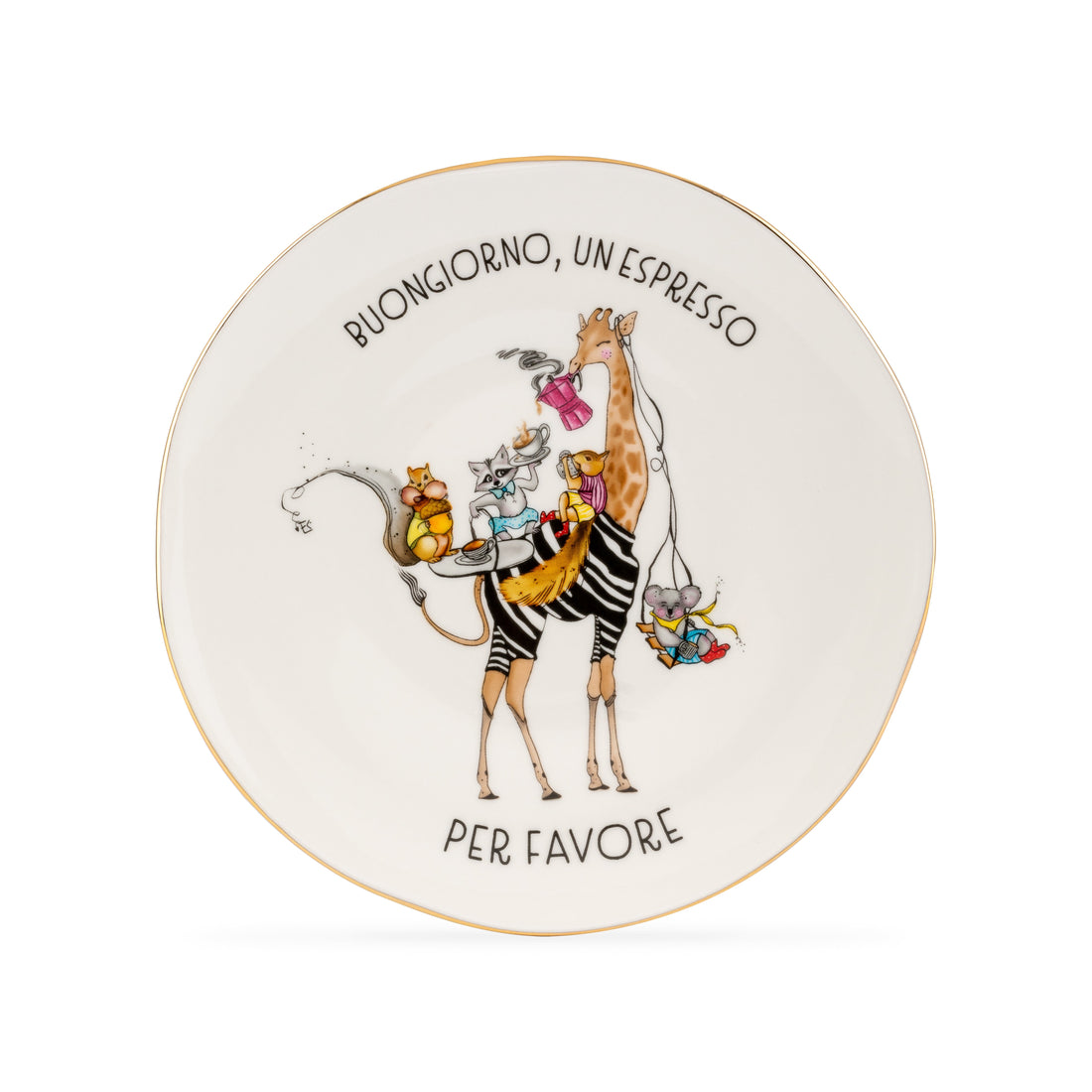
3600-year-old artistic heritage: Porcelain
Share
Porcelain generally refers to China where porcelain was first created. But today it's made all over the world.
Porcelain includes a high percentage of kaolin which makes porcelain white and can be found all over world but large high quality kaolin deposits are rare.
There are countless receipts for porcelain clay which usually contain materials like quartz, feldspar, ball clay asap but each ingredient changes the property of the clay and the colour may appear slightly grey. In this time colorants as pigments and glazes are used. The whitest translucent high quality clay needs to be free from impurities and this is one of the reasons why porcelain price varies.
Price of porcelain pieces also varies depending on other conditions as of decorating; hand painting, different patterns, lustre application and similar. To create porcelain takes a few steps from sculpting, moulding, glazing and multiple firing. Porcelain, compared to other ceramics, is translucent almost like a glass with nonporous surface and is very durable when fired to a really high temperature (1200-1300 degrees Celsius depending on type of kiln and product).
To work with porcelain is challenging and prone to cracks when drying. Compared to other ceramic clay, mold may also be tricky. Porcelain clay has memories and unfortunately does not forget mistake… To help with this and to produce more even pieces slip molds are used for complexity.
